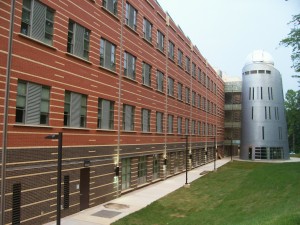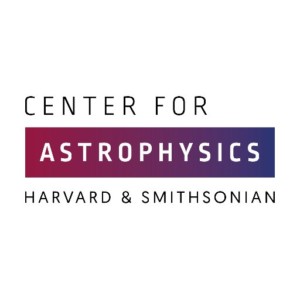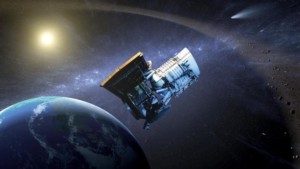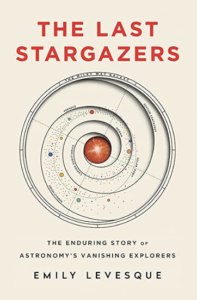
Our meetings on the second Sunday of the month, online.
Our meetings web page, has additional details.
We look forward to seeing you on Sunday evenings!

Our meetings on the second Sunday of the month, online.
Our meetings web page, has additional details.
We look forward to seeing you on Sunday evenings!

Our meetings on the second Sunday of the month, online.
Our meetings web page, has additional details.
We look forward to seeing you on Sunday evenings!

Our meetings on the second Sunday of the month, online.
Our meetings web page, has additional details.
We look forward to seeing you on Sunday evenings!

Our meetings on the second Sunday of the month, online.
Our meetings web page, has additional details.
We look forward to seeing you on Sunday evenings!
Speaker: Dr. Lucas Tarr of the National Solar Observatory
Finding Light in the Dark
Linda Thomas-Fowler
Sunday, February 14, 2021
7:30 PM to 9:00 PM EST
Online event
https://meet.google.com/aoj-rfxn-oqd
Abstract:
Linda will present an overview of her journey in astrophotography including the obstacles encountered and how they were overcome. She talks about her motivation for doing imaging, the learning curve and the rewards. She also talks about how outreach efforts helped her improve her own skills while helping others at same time.

The Mysterious Great Dimming of Betelgeuse
Dr. Andrea Dupree, Center for Astrophysics | Harvard & Smithsonian
Sunday, March 14, 2021
7:30 PM to 9:00 PM EST
Online event
http://meet.google.com/aoj-rfxn-oqd
Abstract:
The bright cool supergiant Betelgeuse became historically faint a little over one year ago in early February 2020. Various explanations have been offered for its unusual behavior – including conjectures this foreshadows an imminent supernova event. Direct imaging, spatially resolved spectroscopy, polarization measures, infrared, optical and ultraviolet spectra and more help us to unravel what happened to the star. The current state of the star as well as new results from spectroscopic observations with HST will be reported in advance of the next optical minimum expected this spring.
Bio:
Andrea Dupree is an astrophysicist and currently the Head of the Solar, Stellar, Planetary Sciences Division at the Center for Astrophysics | Harvard & Smithsonian in Cambridge, MA. This is the largest research institute for astronomy and astrophysics in the world. She is also a past-President of the American Astronomical Society. Her research interests focus on stars and how they form and evolve, particularly employing spectroscopic techniques for analysis. Andrea has been studying Betelgeuse for a long time – especially from satellites to observe the ultraviolet radiation from the outer layers of the star. She led the team that obtained the first image of a star other than the Sun – Betelgeuse – using the Hubble Space Telescope.

Asteroids and Comets: Earth’s Nearest Neighbors
Dr. Amy Mainzer
Sunday, April 11, 2021
7:30 PM to 9:00 PM EST
Online event
meet.google.com/osh-bcyd-gti
Monthly Meeting – Public Invited
Abstract:
Asteroids and comets, leftover fragments from the formation of our solar system, represent repositories of primordial material. As such, they provide clues to the processes by which planetary systems form and evolve. Over time, asteroids and comets have impacted the Earth and its moon, altering the surfaces of both. Scientists’ understanding of these small bodies has grown with improvements in survey technology, as well as in situ exploration missions. Nonetheless, many basic questions about these objects remain, including when the next substantial Earth impact might occur.
Bio:
Dr. Amy Mainzer is a professor of planetary science at the University of Arizona. She is the principal investigator of NASA’s NEOWISE mission, which studies Earth-approaching asteroids and comets, and built a camera for NASA’s Spitzer Space Telescope.

The Last Stargazers
Dr. Emily Levesque
Sunday, May 2, 2021
7:30 PM to 9:00 PM EST
Online event
meet.google.com/osh-bcyd-gti
Monthly Meeting – Public Invited
Abstract:
A bird that mimicked a black hole. The astronomer that discovered microwave ovens. A telescope that got shot. The science of astronomy is filled with true stories (and tall tales) of the adventures and misadventures that accompany our exploration of the universe. Join Dr. Emily Levesque, author of the new popular science book The Last Stargazers, to take a behind-the-scenes tour of life as a professional astronomer. We’ll learn about some of the most powerful telescopes in the world, meet the people who run them, and explore the crucial role of human curiosity in the past, present, and future of scientific discovery.
Bio:
Emily Levesque is an astronomy professor at the University of Washington. Her work explores how the most massive stars in the universe evolve and die. She has observed for upwards of fifty nights on many of the planet’s largest telescopes and flown over the Antarctic stratosphere in an experimental aircraft for her research. Her academic accolades include the 2014 Annie Jump Cannon Award, a 2017 Alfred P. Sloan fellowship, a 2019 Cottrell Scholar award, and the 2020 Newton Lacy Pierce Prize. She earned a bachelor’s degree in physics from MIT and a PhD in astronomy from the University of Hawaii.

